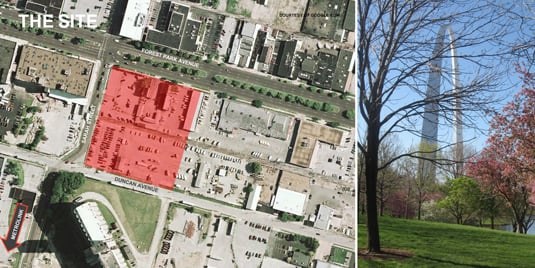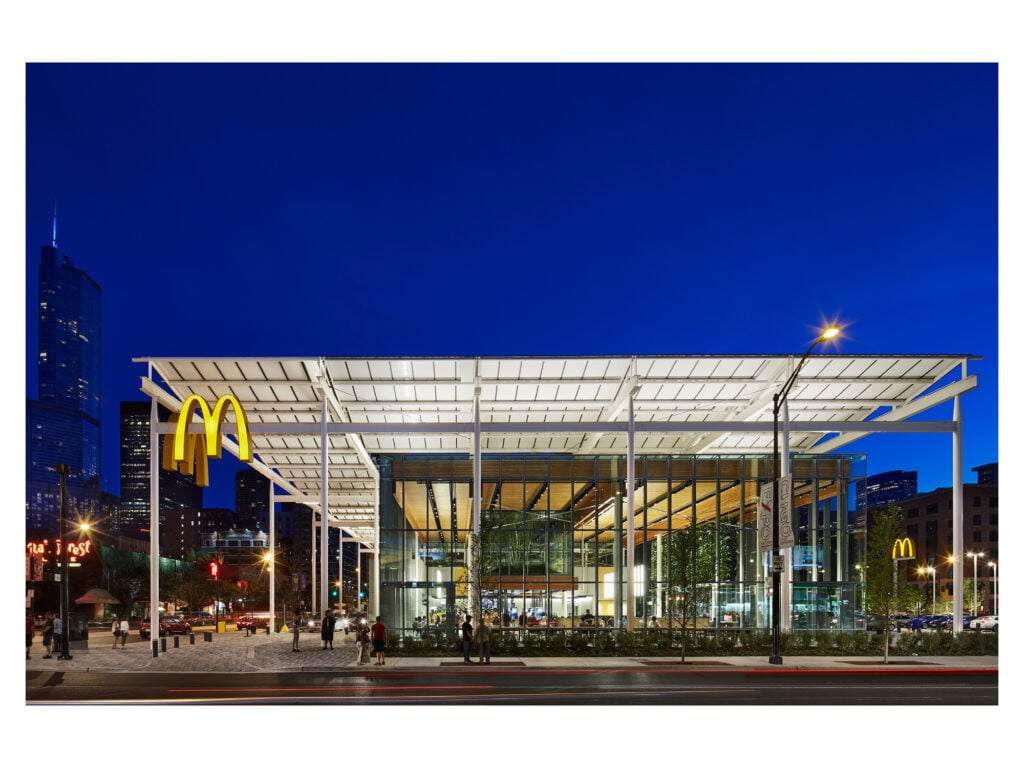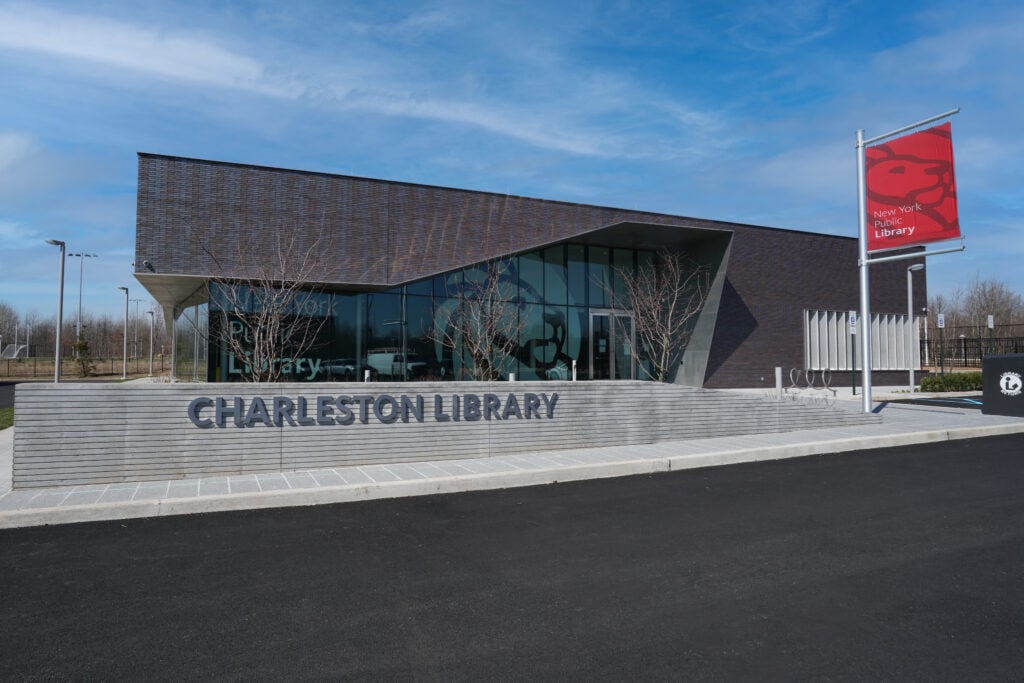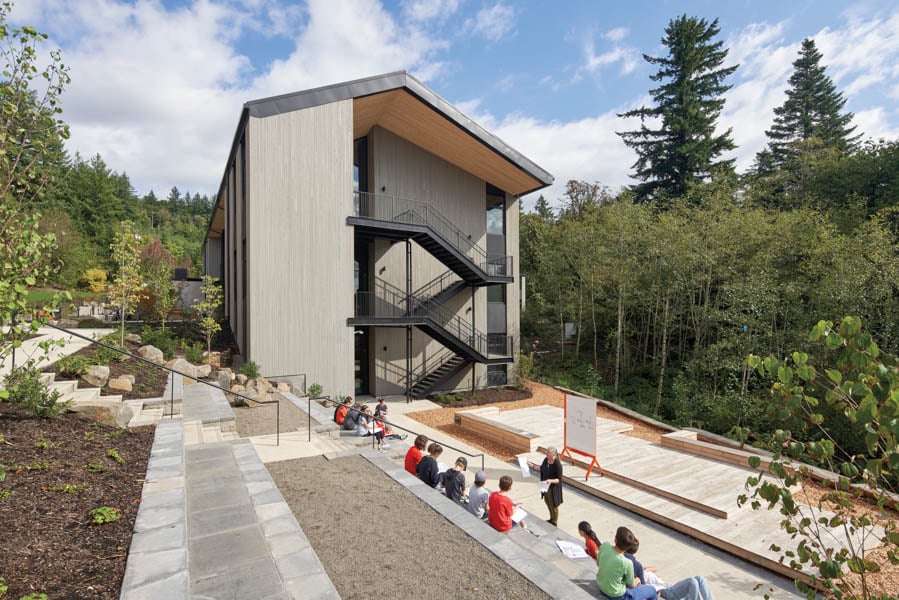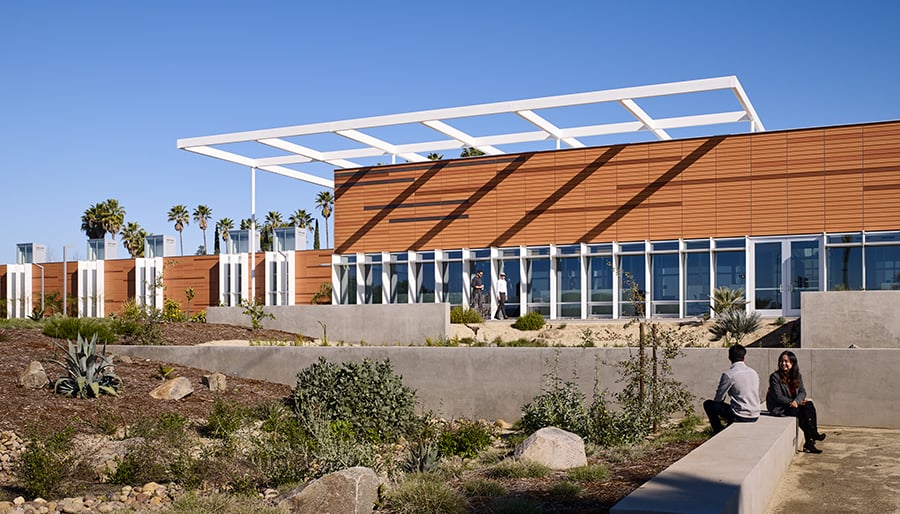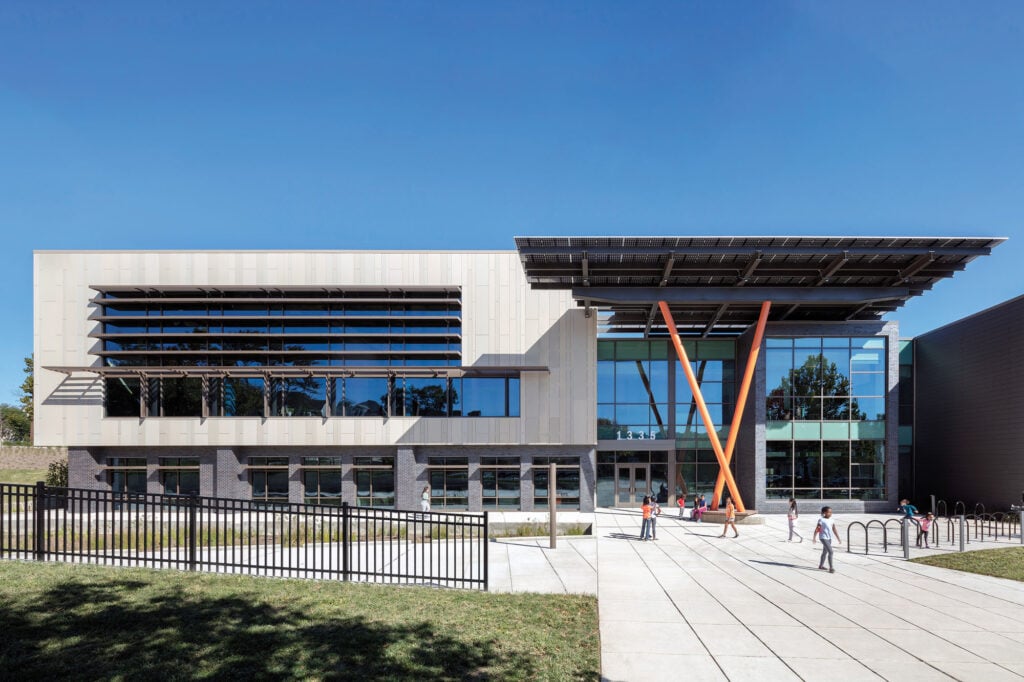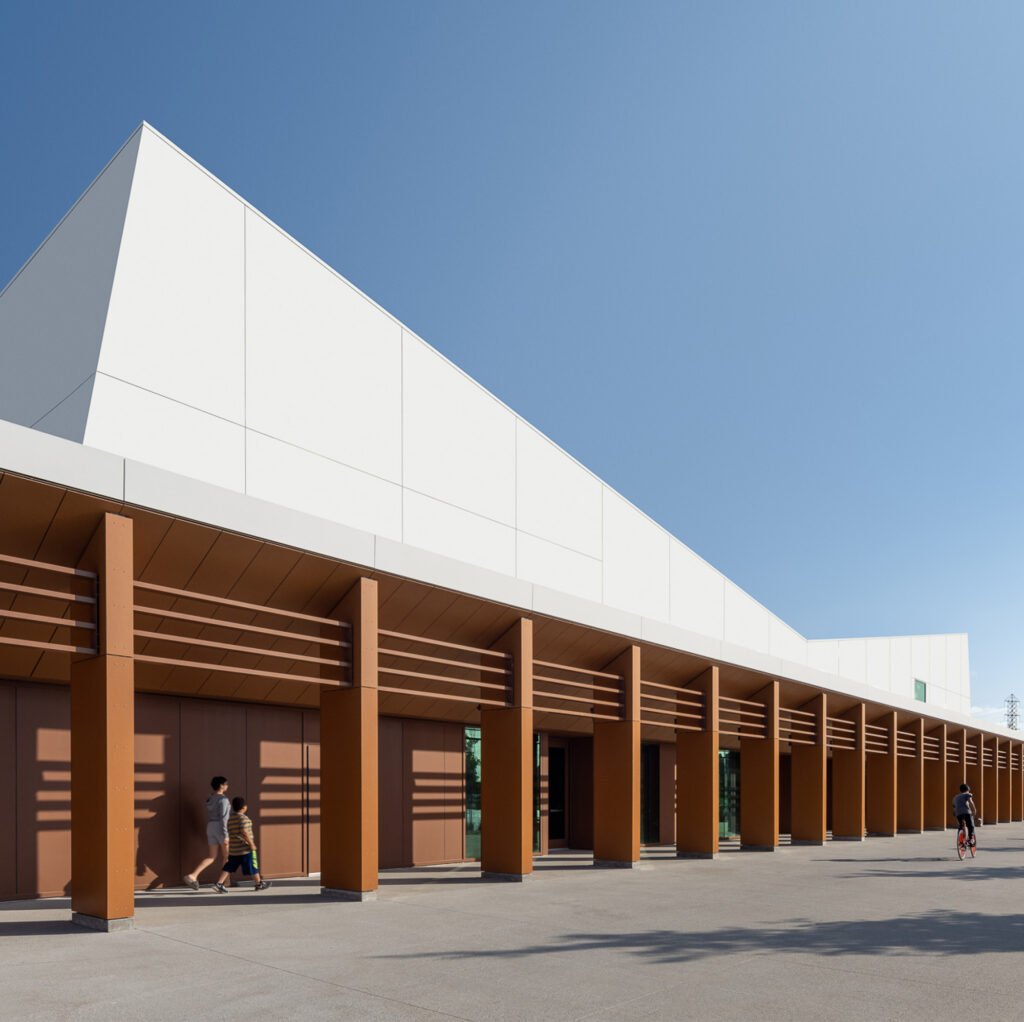
April 12, 2024
Navigating the Path to Net Zero
Pioneering Perspectives
To start off the discussion about net zero architecture, we look at some pioneering architects who share their experiences with sustainable design. Global architecture firm HOK worked with energy consultant The Weidt Group to build a commercially viable Net Zero Emissions office building in midtown St. Louis, Missouri. Meanwhile in a 2021 Earth Day panel, Verdical Group’s Drew Shula, USGBC’s Elizabeth Thompson and Carnegie Mellon University’s Vivian Loftness reflected on how the building sector can join the fight against the climate crisis with net zero buildings. Finally, lead DOE researcher and engineer Drury B. Crawley spoke about the challenges of energy neutrality, the future of PVs and importance of the Net-Zero Energy Commercial Building Initiative.
Learn more about the pioneering perspectives of Net Zero design:
Net Zero Pioneers
Powerful Net Zero Projects
In response to the pressing need for climate action, net zero buildings have emerged as innovative solutions to mitigate greenhouse gas emissions and achieve sustainable environmental outcomes. Some examples of innovative projects include INFORM Studio’s net-zero energy Roger Williams Gateway Center in Rhode Island, as well as Samsel Architects’ first net zero home in North Carolina. In Texas, Kevin Daly Architects and Productora teamed up for the Houston Endowment’s net zero office building modeling sustainability while in Los Angeles, SPF:architects and Hood Design Studio crafted the Michelle and Barack Obama Sports Complex that’s both stylish and reached net zero status. Finally, projects that won in the 2021 Planet Positive Awards in the hospitality category also set the bar for sustainable service, like a mass timber McDonald’s and a passive house cidery.
Check out these powerful Net Zero projects below:
Powerful Projects
Learning With Net Zero
Offices and sports complexes aren’t the only ones to get net zero buildings; schools and libraries have also embraced energy efficiency and lower carbon emissions. Over on Staten Island, the Charleston Library by ikon.5 architects includes a suite of sustainability features that surpasses its citywide peers. Meanwhile in Portland, Oregon, the Gilkey International Middle School harnesses natural light, biophilia, and tranquility with its sustainable new building thanks to Hacker Architects. Over in Southern California, Palomar College impresses with the Maintenance and Operations Complex’s sleek features and carbon-positive spaces that were built with the help of architects BNIM and builders Level 10. Finally, John Lewis Elementary School’s forward-looking design and Net Zero Energy made it a 2023 Planet Positive Awards winner for Education K-12, thanks to Perkins Eastman DC’s hard work.
Read more about these net zero buildings in the educational sector:
Education
Building a Net Zero Future
The push to mandate buildings that produce as much energy or water as they consume annually, continues as people become more aware of the growing climate crisis. As most in the building community are already aware, buildings account for roughly 40 percent of the energy consumed in the U.S. and over a third of our carbon emissions. But how do we continue to find ways to expand the green movement and move toward a net zero future? Gathering at the annual Net Zero Conference, which offers resources, tools and information to help the architecture and design industry adapt to the future of net zero buildings, is certainly a step in the right direction. Started by Verdical Group founder Drew Shula, the conference was started to catalyze a transformation away from fossil fuel energy sources to renewable energy, and recognize climate changemakers who are working to build a net zero future.
Discover more about the Net Zero conference:
Catalysts
Planet Positive Awards
METROPOLIS’s Planet Positive Awards recognizes creative projects and products from around the world that address the topics of climate change, ecosystem health, sustainability. Recently, there’s been a focus on Net Zero buildings and architecture, like Paul Murdoch Architects’ Earvin Magic Johnson Park Event Center, which was the winner for Best Water Use and Conservation. The project includes a viable Net Zero Water system that collects and recycles extra stormwater into the surrounding biohabitats. Another is Houser Walker Architecture and McLennan Design’s ASHRAE Net Zero Headquarters, which won the Honorable Mention for Workplace. This project was retrofitted with sustainable materials to reduce energy use and carbon footprints.
Learn more about the Planet Postive Awards:
Planet Positive
Moving Beyond Net Zero
As we continue to grapple with the full life cycle of all materials and surfaces in a project, how we view “net zero” is set to change. While rating systems, which certify that a building reduces and offsets the resources it uses to the maximum extent possible, are certainly helpful when it comes to net architecture, we also should keep in mind the materials and surfaces that make up the building, and the embodied carbon emissions that come from it. Luckily, projects like Skidmore, Owings & Merrill’s Urban Sequoia, which envisions forests of carbon absorbers in cities and was a winner in METROPOLIS’ inaugural Responsible Disruptors competition, help us keep those carbon emissions in mind.
Read more about how we can move beyond Net Zero:
Beyond Net Zero
Conclusion
As we navigate the complexities of climate change and environmental degradation, the path to net zero design stands as a beacon of hope and possibility. Through interdisciplinary collaboration, technological innovation, and a steadfast commitment to sustainability, this journey offers a roadmap for creating resilient, efficient, and harmonious built environments. By embracing the principles of net zero design, we can not only mitigate the impacts of climate change, but also cultivate a future where net zero buildings and infrastructure coexist harmoniously with the natural world, ensuring a legacy of stewardship and prosperity for generations to come.
Would you like to comment on this article? Send your thoughts to: [email protected]
Other Guides from METROPOLIS
Viewpoints
What Architects and Designers Need to Know About Embodied Carbon
From complex topics such as carbon form to advice on how to specify carbon-neutral furniture, METROPOLIS provides a lay of the land for carbon and design.
Viewpoints
Exploring the Past and Future of Bio-based Materials
METROPOLIS editors round up our most compelling coverage on healthier materials and bio-based product alternatives for the building industry.
Viewpoints
What Is and Is Not Biophilic Design?
If design doesn’t focus on aspects of the natural world that contribute to human health and productivity in the age-old struggle to be fit and survive, it’s not biophilic.



